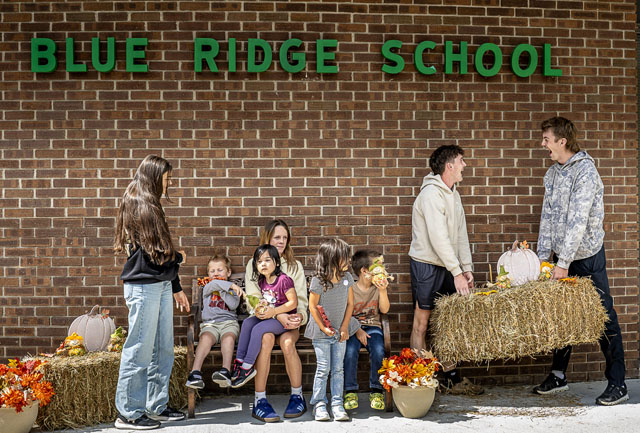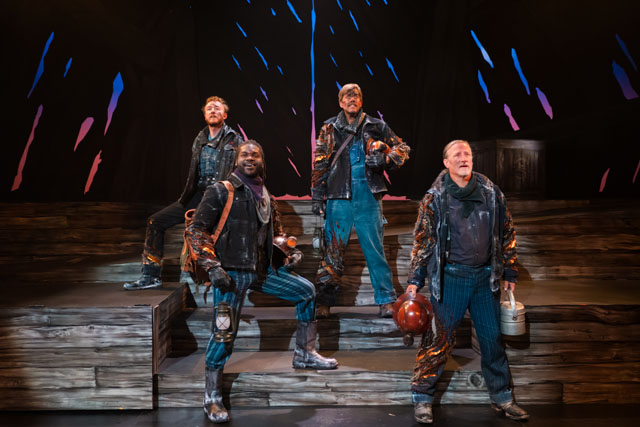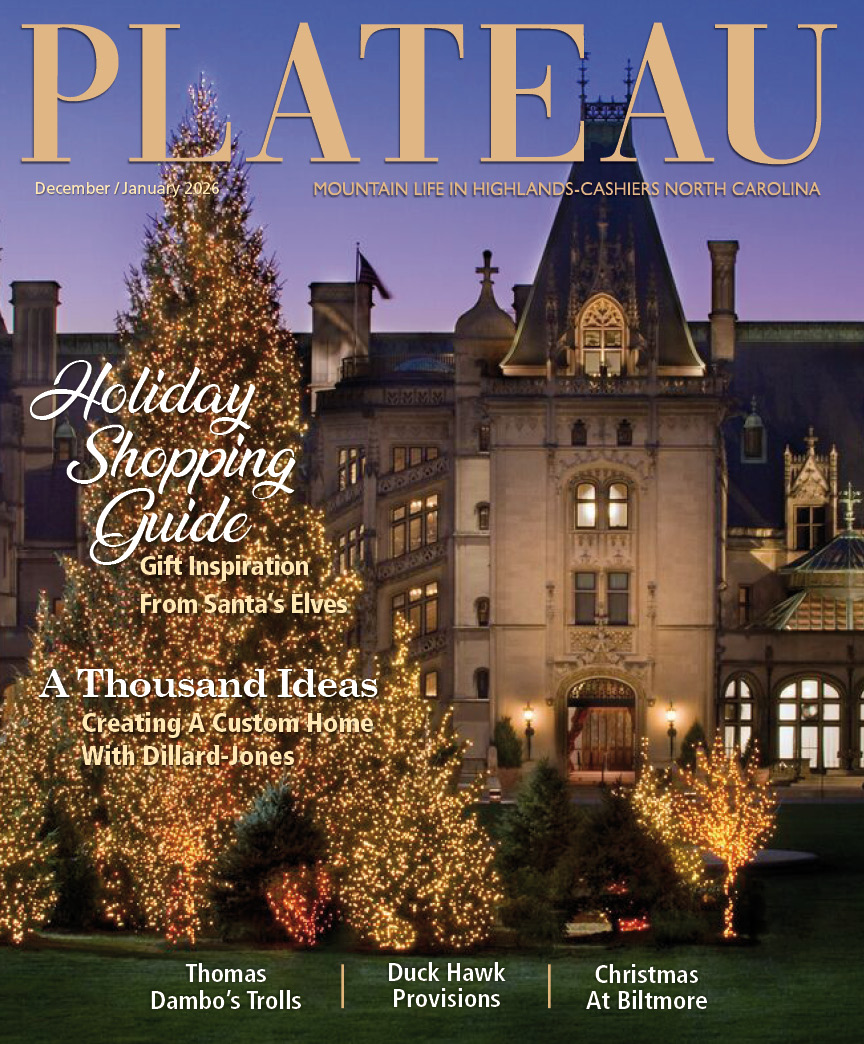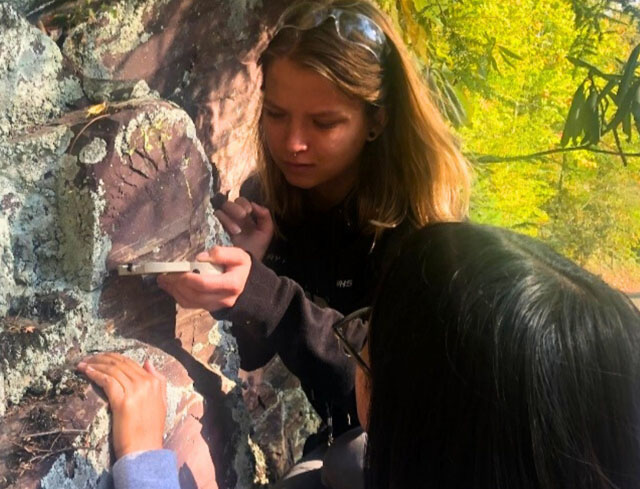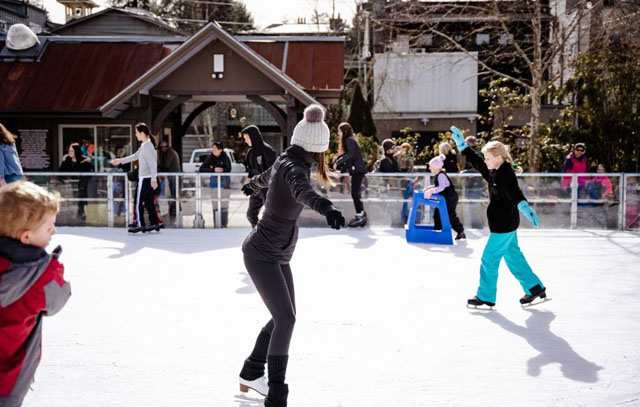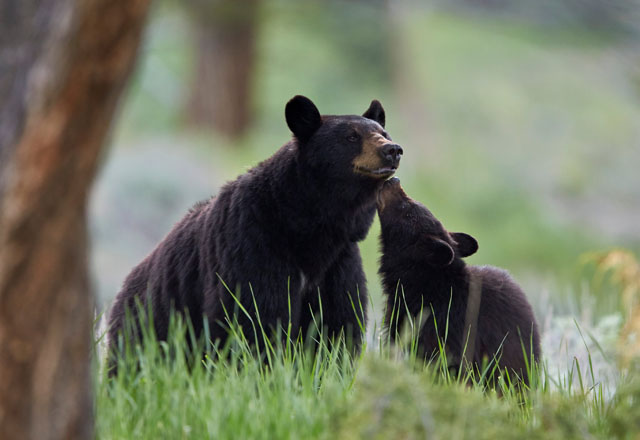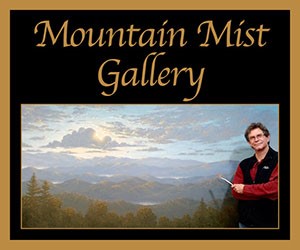The Chatov Legacy
01 Oct 2025
125 years of artistic mastery at The Bascom
October-November 2025
Written By: By Liesel Schmidt | Images: Photos Courtesy of Chatov Studio
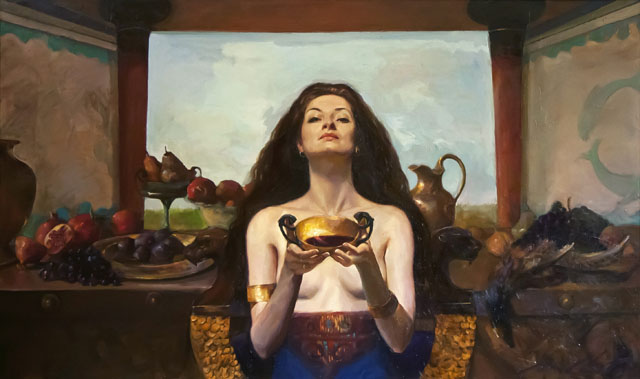
When The Bascom Center for the Visual Arts opened its doors in Highlands, North Carolina, in 1985, it was with the purpose of making the visual arts accessible and available to everyone in the community. Over the course of the last 40 years, The Bascom’s original purpose has not only remained but has also given the center a vibrant cultural presence—one that draws more than 20,000 annual visitors with free exhibitions, hands-on programs, and opportunities for artists at every stage of their careers. By supporting both local talent and nationally noteworthy exhibitions, The Bascom has become a vital hub for creativity, cementing the Highlands-Cashiers Plateau as a place where art is not just exhibited but given room to thrive.
As it celebrates its milestone 40th anniversary year, The Bascom has fittingly chosen to celebrate continuity, strength, and rebirth through the landmark Chatov Retrospective—an extensive exhibition that honors one family’s 125-year artistic legacy.
Spanning generations, few of America’s artistic lineages match the cultural significance of the Chatov family—starting, first, with Roman Chatov. A Russian immigrant, Roman took a bold, metaphoric approach to painting. Talented in his own right, Roman’s brother, Constantin, followed his twin passions and made a name for himself as both a concert pianist and portrait painter, his precision as a pianist reflected in the style of his painting. Carrying their artistic legacy into the present, Roman’s son Marc stands as one of the leading contemporary realists in America, creating brilliant canvases that bridge past and present. Together, the Chatovs exemplify a rare and enduring heritage of art that respects classical traditions while demonstrating the power of emerging generations to reshape those traditions into something beautiful.
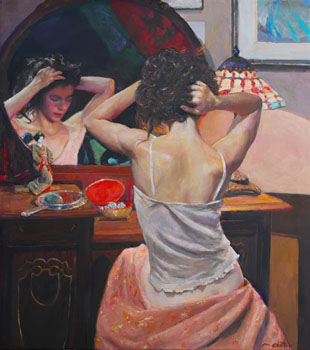
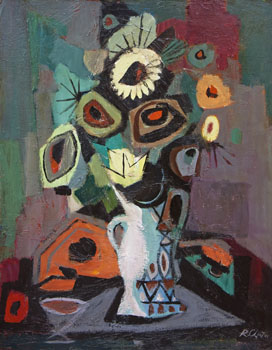
Staged in The Bascom’s Bunzl Gallery, the retrospective is emblematic of the scope of the Chatov family’s journey, taking viewers through an exhibition that is both chronological and thematic. “The exhibition highlights each artist’s singular voice,” says Billy Love, executive director of The Bascom. “We celebrate Roman’s bold explorations of allegory and form, Constantin’s refined portraiture shaped by musical sensibility, and Marc’s luminous contemporary realism while weaving a larger narrative of mentorship, inheritance, and creative dialogue. Distinct yet interconnected, their practices resonate as facets of a shared lineage.”
To more effectively tell the family’s story, the Bunzl Gallery has been divided into sections that honor each artist, as Love explains, with intentional sightlines that allow viewers to make their own comparisons between the three men. Roman’s allegories stand across from Marc’s contemporary portraits, almost serving as a visual reminder of the ways that the two differed while sharing the legacy of bloodline as well as artistic talent. Placed alongside Constantin’s portraits, which emphasize structure and intimacy, the contrasts reveal both divergence and dialogue across generations.
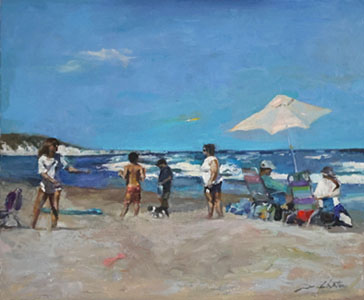
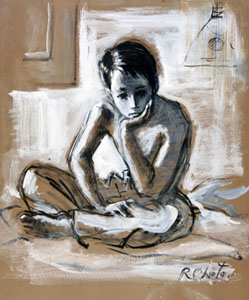
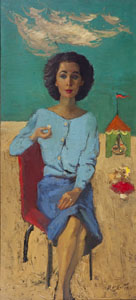
The retrospective also illustrates their different approaches: Roman’s dramatic symbolism, Constantin’s disciplined portraiture, and Marc’s blending of classical draftsmanship with bold, modern light as seen in the luminous portraits for which he has become known.
Whether intentional or not, the ways in which the three artists are intertwined are often visible on the canvas: “Roman’s drawing Marc is particularly resonant,” says Bianca Mitchell, director of marketing and communications of The Bascom. “In it, a young Marc poses for his father, only to insist that he preferred the other side of the canvas. What might seem like a small, intimate moment becomes emblematic of how identity is shaped within the family and how each generation seeks its own perspective. Seen within the retrospective, it crystallizes the exhibition’s larger story of continuity and change.”
Mitchell adds, “Roman pushed form and color toward allegory and abstraction, while Constantin pursued precision and musicality in portraiture. Marc bridges these approaches, melding disciplined draftsmanship with emotional luminosity and creating a through-line between past and present. Across all three, we see a fascination with the human figure, a sensitivity to narrative, and echoes of European traditions reinterpreted in an American context. Themes of exile, resilience, and cultural adaptation recur across generations.”
As The Bascom marks its 40th year, the Chatov Retrospective stands as a reminder that art, like family, is never finished. It is an inheritance carried into the future, adapted anew and given again to those who come after. In honoring generations of artists whose work tells the story of strength, adaptation, and beauty, the exhibition emphasizes The Bascom’s enduring mission to create a space where art is not only preserved but continually reborn in the present.

